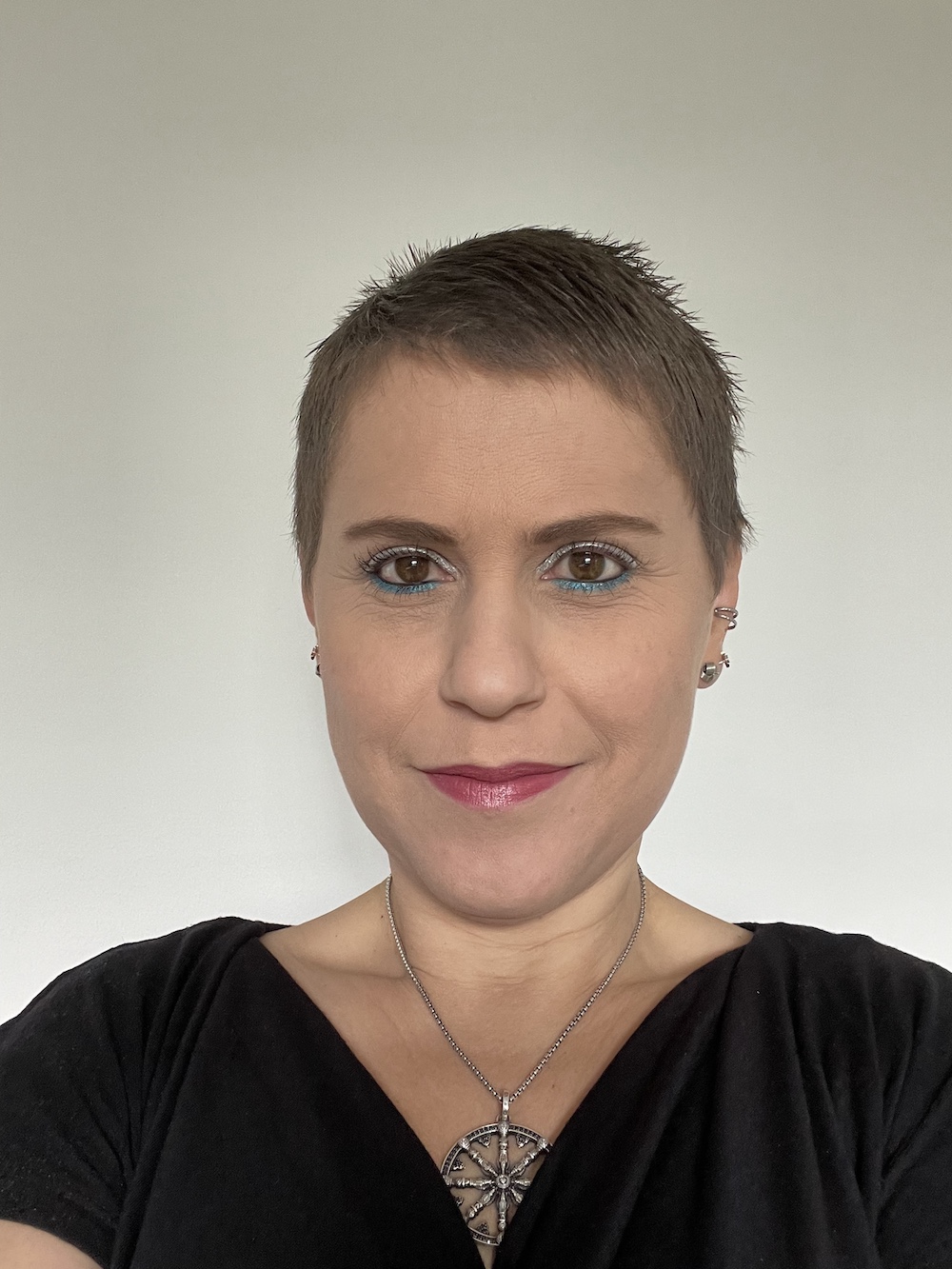Regenerative Medicine, Pharmacology and Characterization of OsteoArticular Tissues
Managers: Astrid PINZANO and Laurent GROSSIN
The “Regenerative Medicine, Pharmacology and Characterization of OsteoArticular Tissues (ReMPaCOAT)” team’s project is based on a cross-disciplinary strategy for a multiaxial approach to the treatment of focal or diffuse osteoarticular lesions, ranging from tissue engineering to the development of new therapeutics, their pharmacological study and the development of innovative tools for improved tissue characterization. This project reflects the importance of the link between basic research and clinical research. It will be attached to section 28 of the CNRS and will comprise four intrinsically linked, complementary and cross-disciplinary areas.
Expertise of team members. Our team has been specializing in cartilage regenerative medicine and characterization tools for over 20 years. Our previous results have confirmed that MSCs are excellent candidates for promoting chondrogenesis within biomaterials. Since 2016, we have initiated work on tissue engineering using 3D printing and acquired expertise in this field. The arrival of a research fellow studying in the physiopathology of osteoarthritis will bring additional expertise to our project. As well as developing therapies using peptides (Axis 2), he will be contributing all his knowledge to Axes 1 and 3. The expertise of the team’s pharmacologists and the recruitment of an MCU-PH will enable the emergence of new therapies.



Research Axis
Axis 1 : Tissue engineering and regenerative medicine of osteochondral tissue for the treatment of focal cartilage lesions
The aim of axis 1 is to produce tissue-engineered cartilage substitutes for the treatment of traumatic or pathological chondral and osteochondral lesions, using innovative biomaterials and cell sources or revolutionary processes such as 3D printing.
Bioprinting & development of bio-inks dedicated to the different layers of the osteochondral block for the treatment of focal joint lesions.
Biomaterials and innovative osteoarticular cell sources

Axis 2 : Therapeutic engineering based on peptides and study of signaling pathways involved in the physiopathology of osteoarthritis
The aim of axis 2 is to design therapeutic peptides based on natural proteins that regulate the Hippo and/or Wnt signalling pathways. Modulating these pathways to combat osteoarthritis would appear to be an attractive option.
Deciphering the molecular signalling pathways of other therapeutic molecules
Identification and relevance of different peptides in experimental osteoarthritis models
Study of the interest of these peptides in tissue engineering and cartilage regenerative medicine

Axis 3 : Osteoarticular pharmacology
The aim of axis 3 will be to evaluate innovative pharmacological treatments for osteoarticular pathologies and to optimize them by improving their pharmacokinetic profile through national and international collaborations and in conjunction with the Pharmacology and Toxicology Department of the Nancy CHRU.
Evaluation and exploration of adverse osteoarticular effects induced by drugs or adverse effects induced by pharmacological treatments targeting the osteoarticular system.
Evaluation of innovative pharmacological or engineering treatments for the treatment of osteoarticular pathologies (osteoarthritis, infections, etc.).
Optimization of osteoarticular treatments
Axis 4 : Tissue characterization dedicated to osteoarticular tissues
The objectives of this 4th axis will focus on innovative tools to (1) better characterize the quality of tissue engineering products, (2) develop in vitro models reproducing the complex organization of the joint site (organ-on-a-chip or complex organoids), (3) study the fate of our tissue engineering products in vivo (biodegradation, bio-functionality, bio-integration) and (4) better characterize osteochondral tissues using imaging.

Team members
Last publications
Funding




















